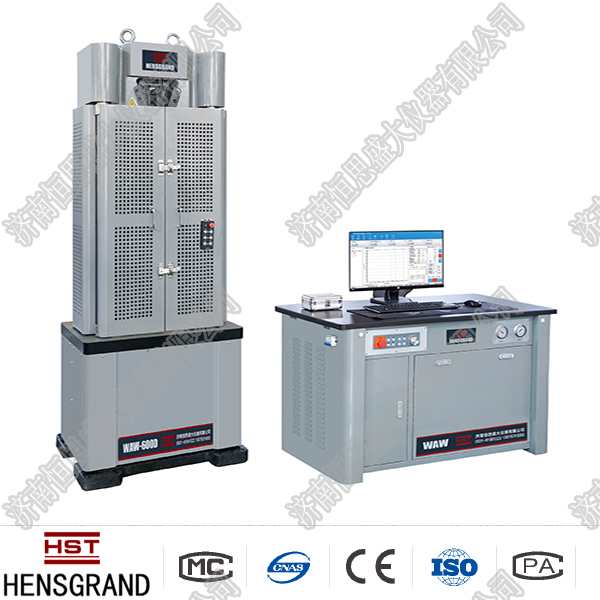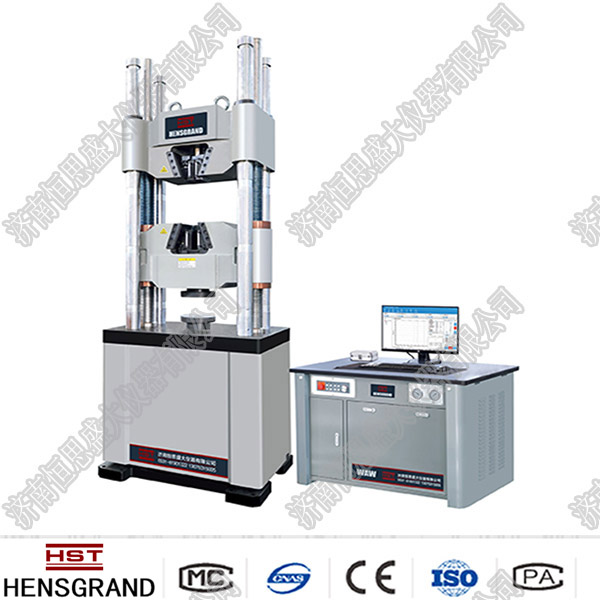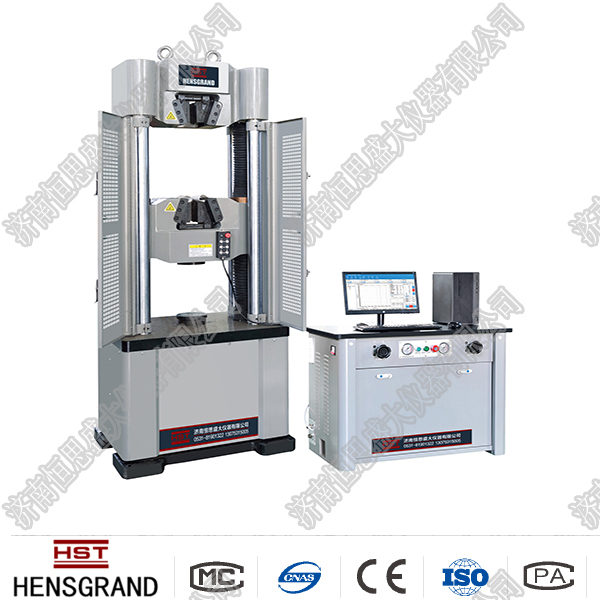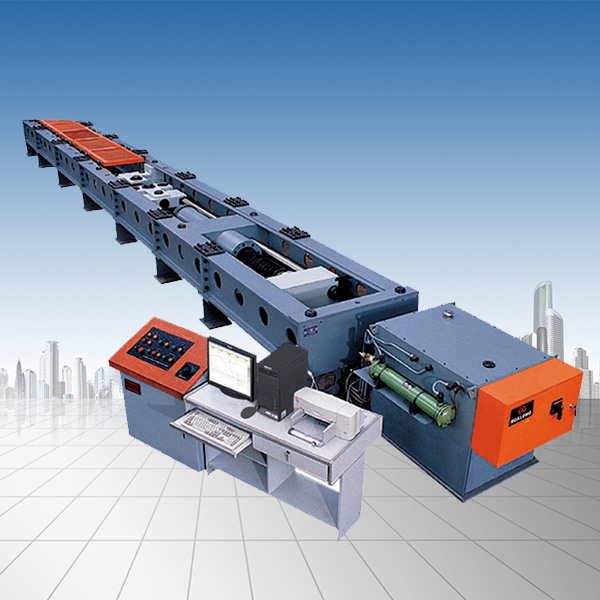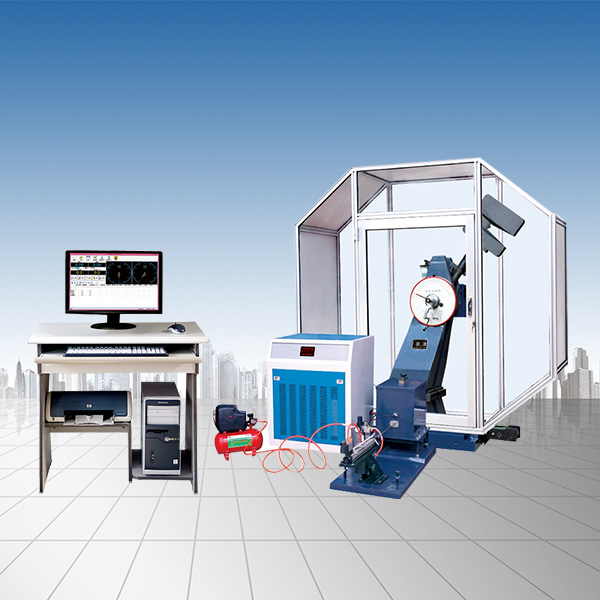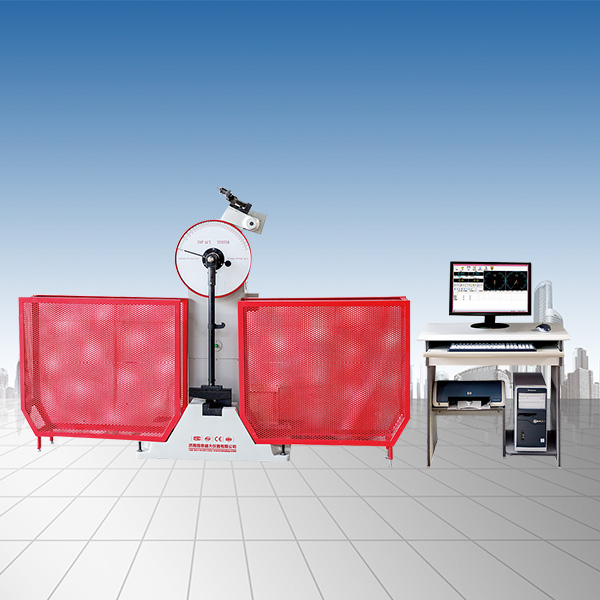Company News
Jinan Hengsi interprets the new standards of universal testing machines for you
Release time:2018-11-23 source:Jinan Hengsi Shanda Instrument Co., Ltd. Browse:
Universal testing machineIt is a product of the combination of modern electronic technology and mechanical transmission technology. It can perform a variety of performance tests such as tensile, compression, bending, peeling, and shear on various materials. It has the advantages of wide measurement range, high accuracy, compact structure, convenient operation, and stable performance. Reliable work and high efficiency, and can display, record and print test data in real time. It is mainly used for mechanical properties tests of metal and non-metallic materials. The universal testing machine is an ideal testing equipment for industrial and mining enterprises, scientific research institutions, colleges and universities, engineering quality supervision stations and other departments.
Currently, most material tests are static performance tests. For users who do not use them, there are two main series of common universal material test machines: hydraulic series and electronic universal series.
The main changes in the new standards of universal testing machines compared to the previous ones are:
1) The scope has been expanded and the "electronic tensile testing machine" and "electronic pressure testing machine" are also included in this standard (Chapter 1 of the 1996 edition; Chapter 1 of this edition);
2) A term was deleted (1996 edition of 3.1);
3) Modified some of the contents of "Table 1 symbols" (Table 1 of the 1996 edition; Table 1 of this edition);
4) Modified some contents of the main parameter series (Chapter 4 of the 1996 edition; Chapter 4 of this edition);
5) The two levels of level 2 and level 3 in the test machine classification were cancelled (5.2 of 1996; 5.2 of this version);
6) The requirements for the coaxiality of the test machine with a capacity not exceeding 5kn (1996 edition of 5.3.2.1; 5.3.2.1 of this edition);
7) The requirements for bending indenter and its two-support hardness were added (5.3.4.1 of 1996; 5.3.4.1 of this edition); 8) The regulations allowing moving beams to be graded and speed adjustment and corresponding graded number systems were cancelled (5.3.5.2 of 1996; 5.3.5.2 of this edition);
9) The regulations on the relative error index of the 0.5-level test machine speed and speed detection time were modified (5.3.5.3, 6.3.7 of the 1996 edition; 5.3.5.2, 6.3.9 of this edition);
10) The content related to calibration value drift and recording devices was deleted (5.4.1.4, 5.4.3 of the 1996 edition; 5.4.1.4 of this edition);
11) The relative error of zero point, discriminant threshold, zero point drift technical indicators and calculation methods of force measurement system were modified (5.4, 6.4 of 1996; 5.4, 6.4 of this version);
12) Added technical requirements and measurement methods for control system (5.7 and 6.7 of this edition);
13) Added technical requirements and regulations on detection methods for computer data acquisition systems (5.8 and 6.8 of this edition);
14) The technical indicators of the extensometer have been modified and the requirements for extensometer resolution have been added (1996 edition 5.5; this edition 5.5);
15) The technical requirements for electrical equipment and assembly quality have been modified and regulations on mechanical safety have been added (1996 edition 5.9; 5.9 and 5.13 of this edition);
16) The accuracy requirements for coaxial degree automatic detector were modified (6.2, 1996 edition; 6.2, this edition);
17) Modified some contents of the test machine's coaxiality detection (1996 edition 6.3.1; this edition 6.3.3);
18) Appendix a (1996 edition of Appendix a).
Recommended productsPRODUCTS


















